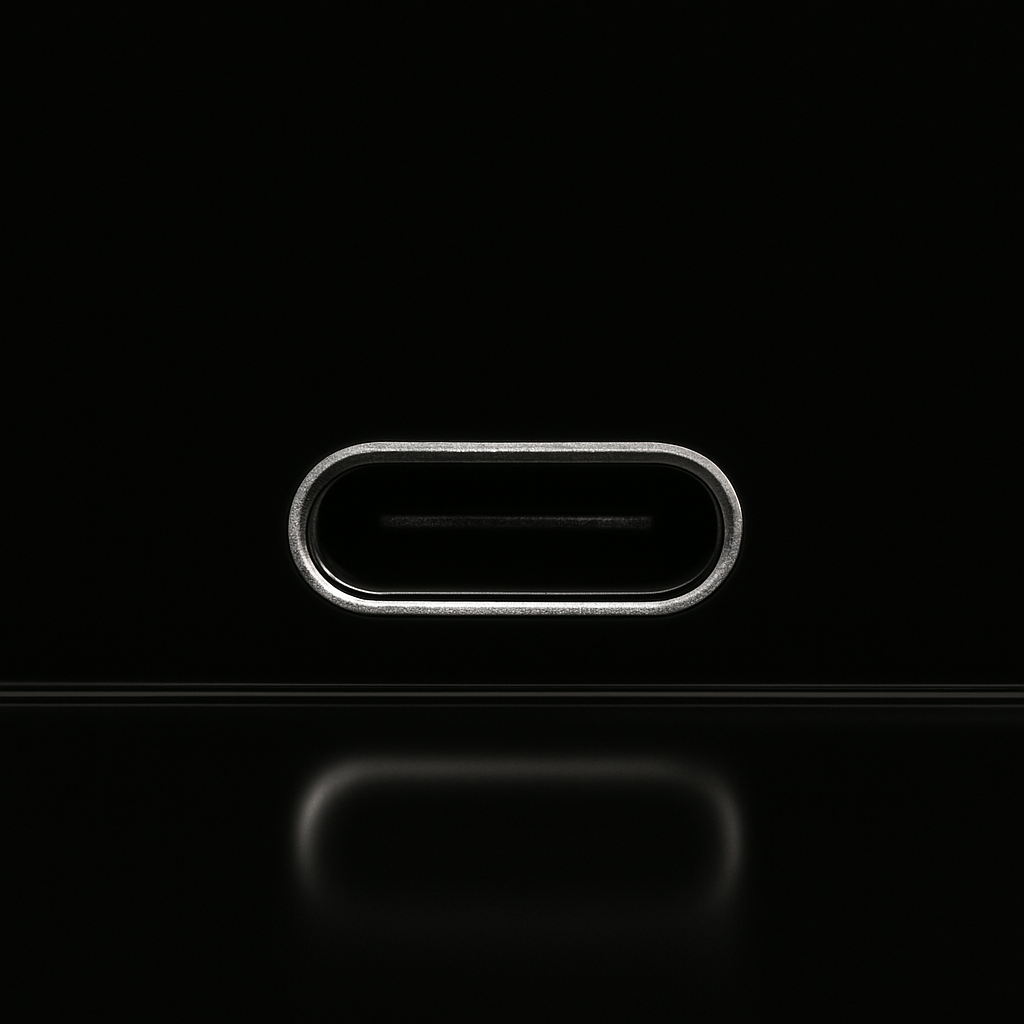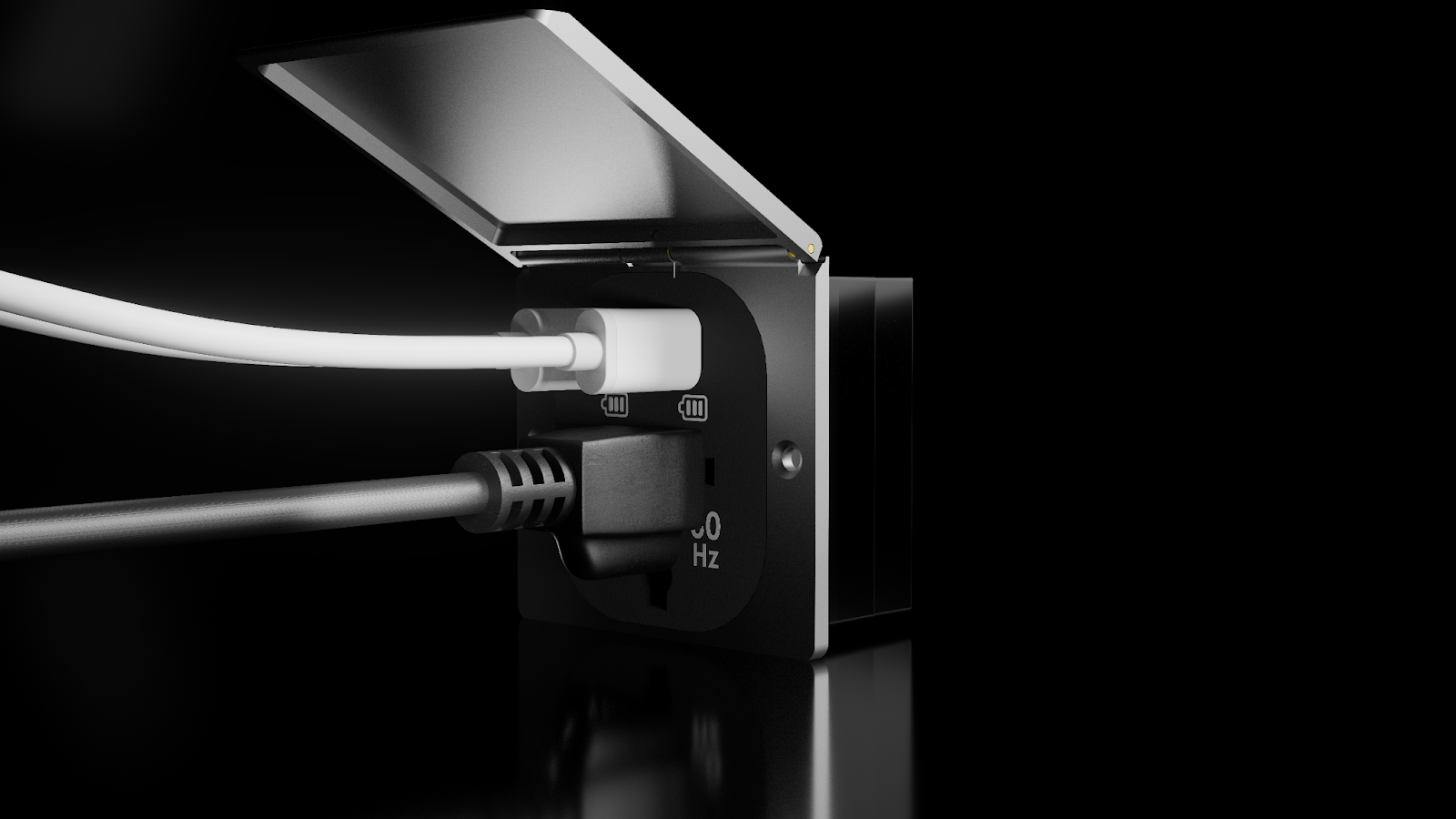USB-C Power Delivery in the Sky: Why 60 W Per Port Is Becoming the New Baseline

Passengers expect to stream movies, run creative software, and land with fully charged devices. The move from legacy 15 W USB-A outlets to 60 W USB-C Power Delivery (PD) ports meets that expectation without overhauling an aircraft’s electrical system. Here is why 60 W has become aviation’s practical standard and how it aligns with current certification rules and product offerings.
What USB-C Power Delivery Does for a Cabin
USB-C PD is an intelligent protocol that lets a charger negotiate voltage and current with each device in real time. A single port can deliver anything from 5 V × 3 A for earbuds to 20 V × 3 A for larger laptops, all while using a reversible connector that most passengers already carry. The result is predictable, fast charging for nearly every modern phone, tablet, or notebook.

Why 60 W Is the Sweet Spot
Modern laptops need 45–67 W
Apple recommends a 67 W USB-C adapter for the 14-inch MacBook Pro
A 60 W port allows full-rate charging on long legs
Meets rising passenger expectations.
Over 90% of passengers now bring phones, tablets, or laptops on board
Airlines and OEMs now treat 60 W as a competitive minimum
Future headroom without bulk wiring
60 W fits within typical 28 V DC or 115 VAC rails and avoids heavier gauge rewires
Operators can upgrade sidewalls, not generators
60 W covers nearly all premium tablets and productivity laptops while leaving margin for next-generation devices that draw 45–60 W. Going higher—such as the 100 W tier introduced in USB PD 3.1—adds cost, complexity, and thermal load that most operators do not yet need.

Certification Basics: TSO-C71 and DO-160
- TSO-C71 is the FAA’s minimum performance standard for aircraft electrical power outlets. A product with a TSO Authorization has shown it meets design and production requirements for safety, reliability, and maintainability.
- DO-160 is an RTCA test document that verifies equipment can withstand vibration, temperature extremes, altitude, RF emissions, lightning strike transients, and more. Passing these sections proves the charger will not interfere with flight or cabin systems.
Mid Continent Controls designs its USB-C chargers to both standards so installers know the hardware is qualified for Part 23 and Part 25 aircraft. Operators still need a Supplemental Type Certificate (STC) or Minor Change approval for each installation, but choosing TSO-approved hardware streamlines paperwork and avoids costly retesting.
Integration at a Glance
Most business jets and narrow-body airliners run either 28 V DC or 115 VAC seat power via existing PSU buses. A 60 W USB-C port typically draws up to 2.2 amps on a 28 V system,so the upgrade rarely exceeds available load margins. Still, every installation should include:
- Load analysis to confirm headroom on the local feeder.
- Circuit protection that matches OEM service manuals.
- Physical fit checks for bezels and connectors.
Mid Continent Controls supplies detailed install guides and wiring charts with each certified charger so maintenance teams have the correct data without hunting through third-party articles.

Looking Ahead: PD 3.1 and 100-W Possibilities
USB PD 3.1 supports 140 W and even 240 W profiles, but reaching those numbers in an aircraft requires heavier wiring, larger converters, and additional thermal management. For most commercial and business operators, 60 W remains the cost-effective balance of passenger satisfaction, system weight, and certification effort. Cabins equipped today with 60 W PD will satisfy typical device loads through the next major interior refresh cycle.
Key Takeaways
- 60 W USB-C PD ports match real-world laptop and tablet requirements while aligning with leading seat-power products.
- Hardware meeting TSO-C71 and DO-160 offers proven safety and electromagnetic compatibility.
- Integrating 60 W seat power usually fits existing 28 V DC or 115 VAC infrastructure, keeping upgrade costs contained.
Ready to upgrade your fleet? Talk with Mid Continent Controls about 60 W USB-C solutions that are certified, install-friendly, and built for tomorrow’s cabins.
Contact us today:
316-789-0088
Sales@mc2aero.com
316-789-0088

